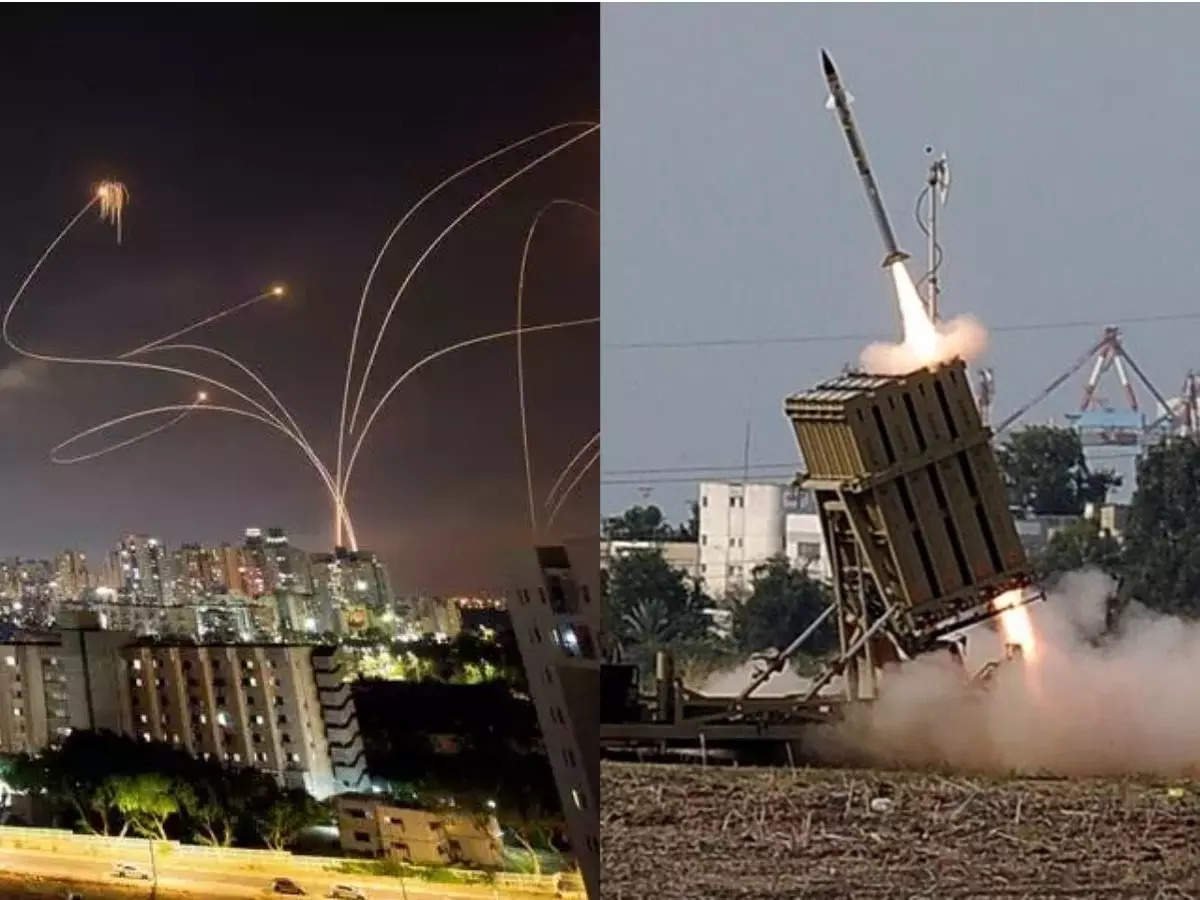The Iron Dome is a technological marvel, a game-changing missile defense system developed and deployed by the State of Israel. It has gained international recognition for its remarkable efficiency in intercepting and neutralizing incoming short-range rockets, making it a pivotal component of Israel’s national security. This article delves into the workings, efficiency, and range of the Iron Dome, offering a comprehensive understanding of this remarkable defensive innovation.
Origins of the Iron Dome
The Iron Dome system was conceived and developed in response to a pressing security need in Israel. The region faced continuous threats from short-range rockets launched by hostile entities in neighboring territories. These rockets posed a significant danger to Israeli civilian populations, necessitating the creation of a robust missile defense system.
How Does the Iron Dome Work?
The Iron Dome operates on a sophisticated and highly automated interception process. Here’s how it works:
- Detection: The system begins with the detection of incoming projectiles. Advanced radar systems scan the skies, identifying and tracking the trajectories of incoming rockets or missiles.
- Threat Assessment: Once detected, a threat assessment is made. The system evaluates whether the incoming projectile is likely to hit populated areas. If it determines that the rocket is on a trajectory to strike a populated area, it proceeds to the next step.
- Interception: An interceptor missile is launched to intercept the incoming threat. The interceptor, known as the Tamir missile, is equipped with advanced guidance and tracking systems.
- Target Neutralization: In the final stage, the Tamir missile is guided to the path of the incoming threat, where it makes contact and neutralizes the rocket by detonating it in the air, preventing any harm to the intended target on the ground.
Efficiency and Success Rate
The Iron Dome has demonstrated impressive efficiency and success in neutralizing incoming threats. While the exact success rate can vary depending on various factors, including the type of incoming projectile, weather conditions, and system upgrades, it has been reported to have an impressive success rate of over 90%. This remarkable efficiency has saved countless lives and reduced property damage.
Range of the Iron Dome
The Iron Dome system is designed to intercept short-range rockets and missiles. It can effectively protect areas within a range of approximately 4 to 70 kilometers, depending on the specific interceptor missile and radar configuration used. This range covers a significant portion of Israel, safeguarding both urban and rural areas from the threat of short-range missile attacks.
Impact on National Security
The Iron Dome has had a profound impact on Israel’s national security. It has not only provided protection for civilian populations but has also enhanced the country’s strategic deterrence. By reducing the effectiveness of rocket attacks, the system has contributed to a more stable security environment in the region.
Global Interest and Adaptation
The success of the Iron Dome has attracted international interest, and several countries have expressed interest in acquiring or jointly developing similar systems. This interest reflects the system’s efficacy and its potential to protect civilian populations from short-range missile threats.
Conclusion
The Iron Dome stands as a testament to the power of innovation and technology in enhancing national security. It has not only saved lives and property but also reshaped the dynamics of regional security. As the system continues to evolve and adapt to new challenges, it remains a symbol of resilience and ingenuity in the face of adversity, offering hope for a safer and more secure future in a volatile world.
